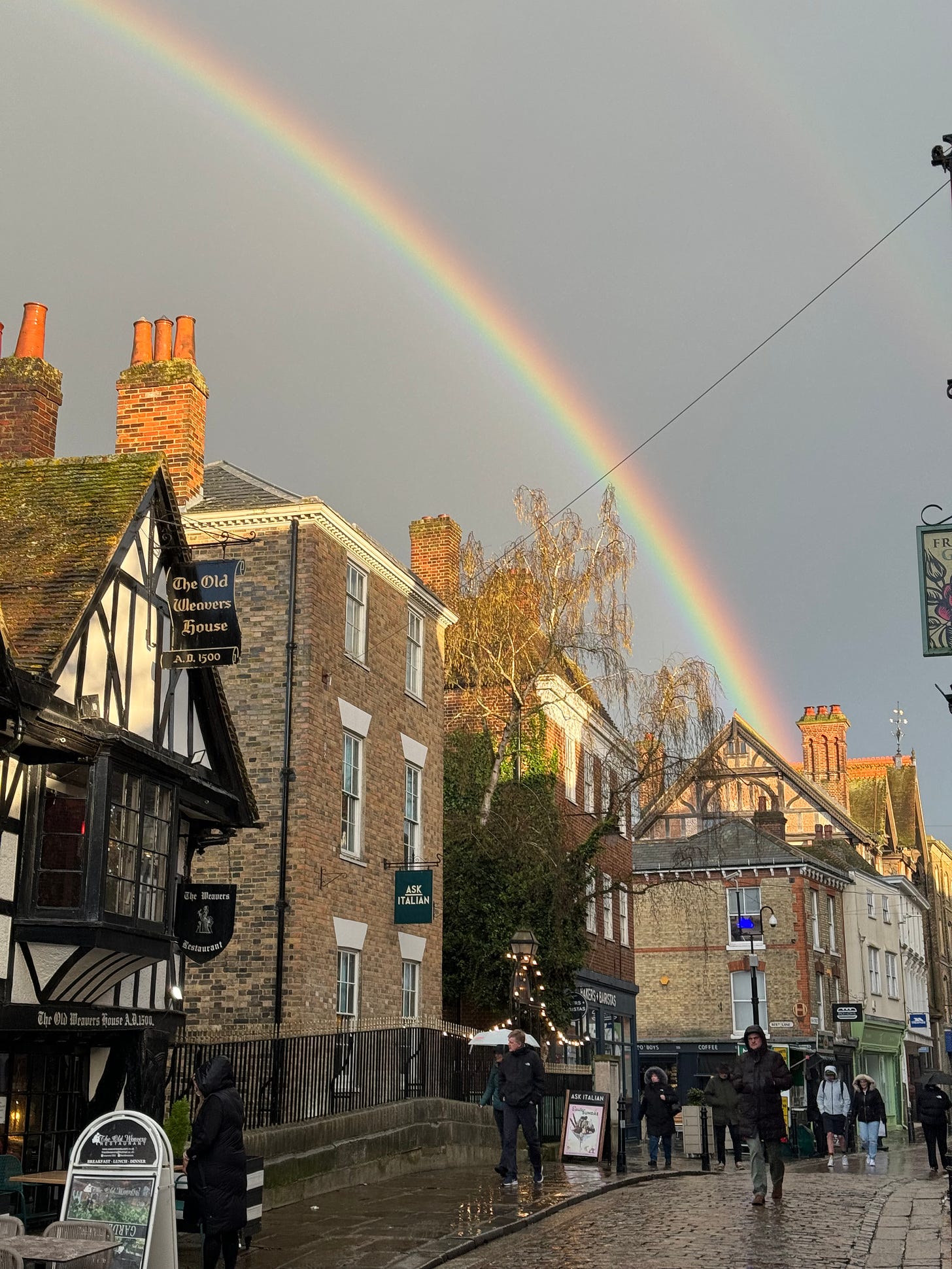Synesthesia
I’m no doctor, but I think I have synesthesia. I believe it is one of the reasons that it is easy for me to see a perfume as an immersive world like other artforms.
Synesthesia is the term for experiencing one or more senses simultaneously. One example is seeing colors from smells & smelling colors from aromatic materials. I think I have experienced this phenomenon my whole life. But not in any way that is obtrusive or annoying. I feel that I just have an understanding for the vibration given off by a certain item, event, or movement. And I bet it is less rare than we think. Anyone who tunes into something with keen observation can pick up on what an object suggests. The ocean does really smell blue, turquoise, & green. It doesn’t smell red, right?
I’m not the first person to suggest that aromatic materials are a lot like the paints on a painter’s palette. In fact, people in the perfume industry often refer to the materials used in a perfume as a palette. When you have synesthesia (or perhaps even keen observation skills), the perfumer’s organ really looks colorful. Let me try to explain.
Of course, aromatic materials that come from natural sources are informed by our other senses. Orange oil (from orange colored oranges) unsurprisingly conjures visions of orange skin. You can certainly use it to paint orange strokes in your perfume. But like orange paint, orange oil has the ability to be stretched in ways to make it paler, brighter, or richer in a myriad of ways. Orange oil can have tings of yellows, greens, and perhaps even red. This ability to “stretch” an aroma (or color) is extremely useful not only when you want people to smell “orange” in your perfume, but for when you want to highlight the orange aspect of something that is not an orange.
If I were to try to construct the aroma of a saffron colored monk’s robe in India, I might use some orange to announce “orange” to the sniffer in the top note section of the perfume. But personally, I would not use so much that it smelled like the real fruit – I might bury it in some spices & other citrus. I would pull at the orange with saffron & marigold. Both have some “orange” color in their throw. Saffron has more red & yellow tones. Marigold has a dusty brown Earthy-ness that squirrels & I find repellent. In fact, that dustiness reads to the nose almost like a texture – you can smell its felted thickness just as orange oil smells “bright.” This usage is of course all very meta; we are using Indian oils that smell of colors common in India as we try to suggest the presence of an Indian monk’s robe. The oils suggest color & even tactile feelings. Hopefully the sniffer is left with the impression of a monk’s robe, which is often helped by the name, description, or image on the bottle or box of the perfume. But you can see how these many references to a place helps accurately bring the sniffer into the Indian world of the robe.
So natural materials that we can experience in the real world are informed by our sensory impressions & perhaps the silent vibrations within them. But what about synthetic molecules – materials isolated or that do not exist in the real world. They have colors too!
Triplal is a staggeringly strong aldehyde - a dominant player in the grass game. Perfumers reach for it to paint clean cut lawns & fields. It certainly smells green. It is not yet found in nature. It can be used as above, but it is a great standalone to say “green” whenever we use it in a composition. This means that you can take the green of grass & use it for shades of mint, forest, Kelly or other shades of green you might find in flowers & leaves. It can even be used for crafting green objects & ideas like say Robinhood’s hat (I’m dying to make a Robinhood perfume!). I made a candle for KITH/BMW that smelled like the deep green shade they were using for an exclusive model (Ronnie called it “Vitality.”) It was an important material for matching that beautifully rich dark green shade of the car’s paint. This alien molecule, Triplal, that no human ever smelled in isolation until 100 years ago has the power to bring your mind to green landscapes. Pri cool.
I hope this discussion can open up the very real & not so strange way that perfume can tell a story like a book, imply a world like a painting, & even grab you with the power of a song. We sculpt a wearable experience that can bring the sniffer inside of an aromatic world. More on that later.






I have synaesthesia too. Years ago when I had a small business making fruit liqueur I used to draw the flavours. It engaged customers well, even if they were not synaesthetes themselves. I thought everyone was the same until I was at a food and drink festival sampling coffees, and said to the vendor, This one is fluffy and that one is spiky. She looked baffled so I drew them 😊
Such an interesting article! Thank you for writing it. Quite enjoyable.